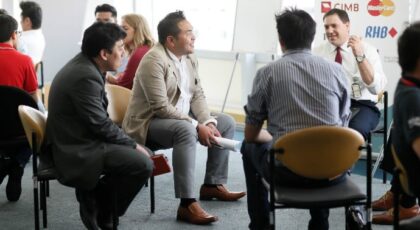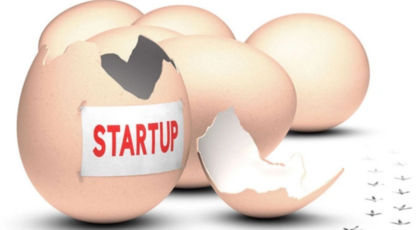
India has been known for its neighbourhood mom-and-pop stores, big and small, spread all over the country. Be it grocery, cooked meals, handyman or home services, they cater to all the daily needs of people. This unorganised sector took a beating with the advent of e-commerce. But with n-commerce (neighbourhood commerce) players like Lazylad, BigBasket, PepperTap, Grofers, they have got a new lifeline.
N-commerce companies, i.e., tech-based platforms that have tied up with local stores to make daily household chores simpler, are poised to become the next big sector in the Indian e-commerce market. Several new players have joined the fray and many have even managed to bag good investments owing to its immense potential, since with limited time at hand their preference for convenience is foremost.
But the key now is how they can sustain in the market in the long run, given the highly competitive environment. To understand the winning strategy that these platforms should adopt, let’s first understand the different business models that are present now.
There are some business models that are highly capital-intensive and some that are asset-light, i.e., they don’t need to invest heavily on any physical assets or infrastructure. N-commerce players like Big Basket, Local Banya etc. manage their own inventory, have warehouses and handle their own logistics, while others like Grofers, ZopNow etc. have only a delivery system in place, but no warehouses of their own. Then there are some like Lazylad, Urban Clap, Zopper etc., that are completely asset-light by using the existing infrastructure of brick-and-mortar stores and having zero inventory and logistics systems of their own.
I have always vouched for asset-light business models, since I believe it can be your biggest advantage. Here’s how I feel using an asset-light business model will give n-commerce players an edge in the long run:
- Single-minded focus of delivering the best customer experience: Technology has proved to be an enabler for tech-based n-commerce players. Customers are preferring these players over traditional mom-and-pop stores due to the ease technology offers them. These n-commerce companies therefore need to keep technologically upgrading themselves from time to time to ensure that customers get a seamless experience. And ramping up on the technology front alone, as is the case with companies like LazyLad, Urban Clap etc., requires far less time, money and effort as compared to an asset-heavy model. And that in itself is a huge advantage since you can scale up in an altogether new geography in a matter of just few days without having to wait to set up an office, rent or buy a warehouse, hire people and worry about paying their salaries month after month. With an asset-light model you simply need to focus on technology to offer an unmatchable user experience and build a sizeable number of network partners to keep the momentum going. You can single-mindedly focus on getting more traction rather than worrying about adding on to your physical assets and human resources, maintaining or retaining them. The performance of human resources is also crucial for determining your own success in an asset-heavy model and, as a result, a lot of focus goes on getting that part right. This risk can be minimised with an asset-light business model.
- Improved profit margins: It is certain that an asset-light company will have lower or negligible operational costs, better cash flows and less risk as compared to their asset-heavy counterparts, as these companies pass on the risks to the partners they are tied up with. To create value in the long run, n-commerce players will have to focus on their profit margin and being asset-light is the way forward.
The key to a successful business lies in identifying its core strength and leveraging it to ensure maximum customer satisfaction as a means to building long-term competitive advantage.
The more things you need to handle as a business, the more complex it gets and the focus ultimately gets diluted. Therefore, n-commerce players who have adopted an asset-light business model will be in a better position to win over customers owing to their sole focus on offering a better user experience, and as a long-term result, outgrow even larger and more established players in the market. It is the key to scale up quickly and stay ahead of the pack.
Published on YourStory







